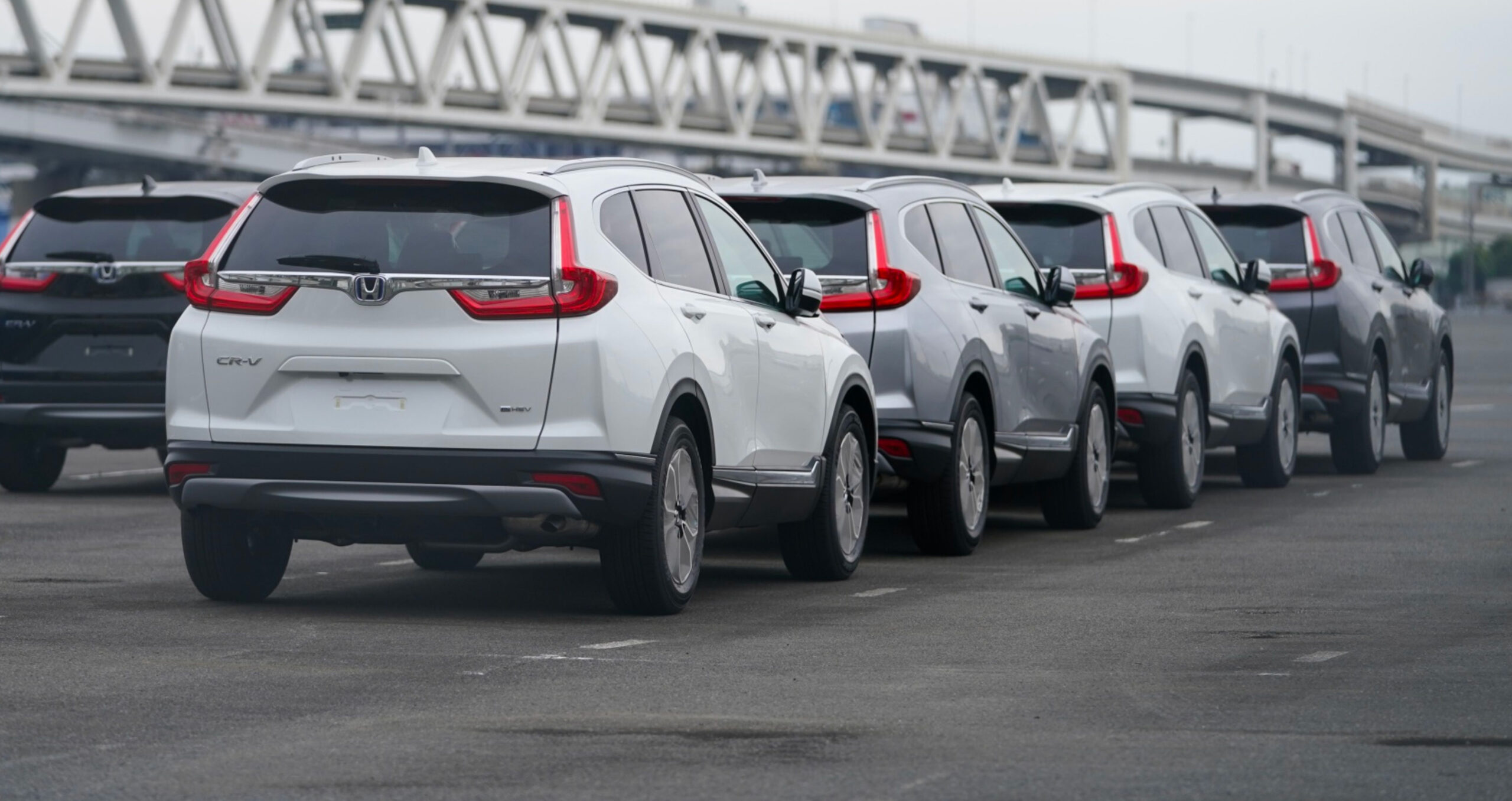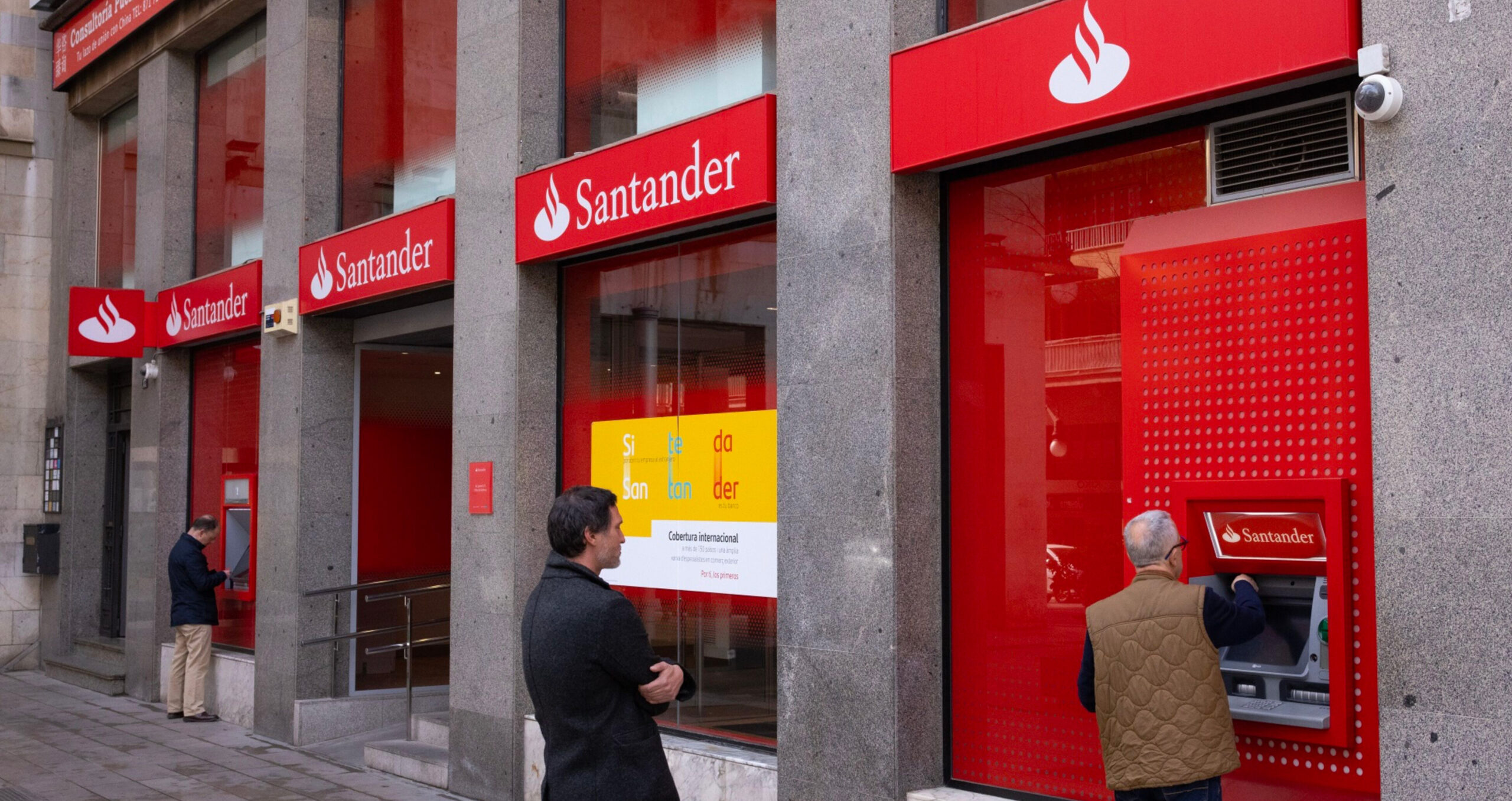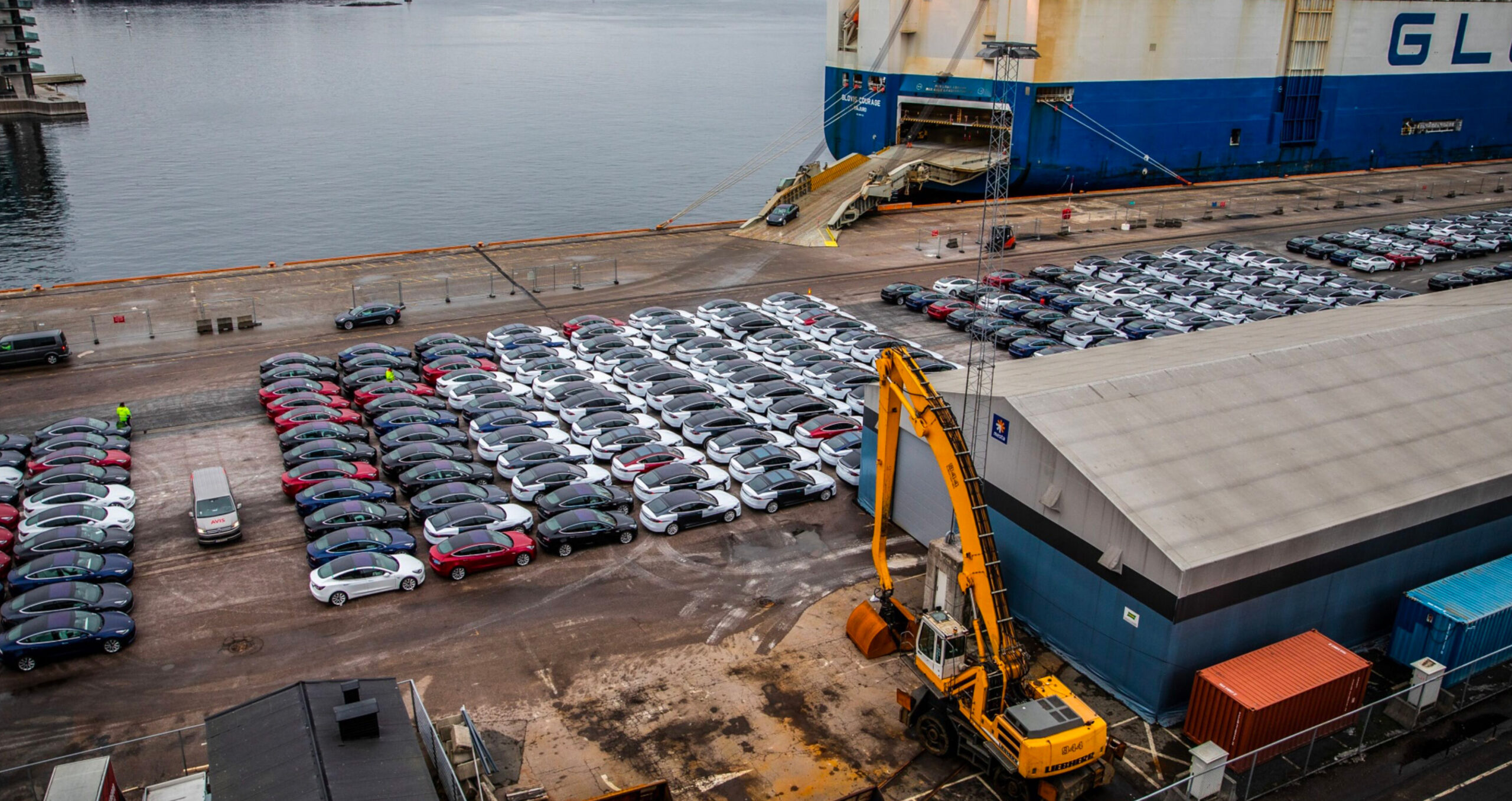

New research finds the most successful policies that reduce road transport emissions include a pricing mechanism, such as a carbon or fuel tax, coupled with incentives for consumers to move to greener vehicles.
If the European Union plans to reach its net zero goal by 2050, it will need to significantly reduce its road transport emissions. According to data from the European Environment Agency, road transport constitutes the highest proportion of overall transport emissions: emitting 72 per cent of all domestic and international transport greenhouse gases in 2019.
A research paper in Nature Energy published on Monday looks at how different government policies can be used to reduce road transport emissions. While most past studies have focused on individual policies, this study used a machine learning method to investigate the real-world impact of multiple policies simultaneously.
Moritz Schwarz, a researcher at Oxford University’s Smith School of Enterprise and the Environment and an author of the paper, says that for a lot of empirical studies, researchers only evaluate a single policy. However, focusing on one policy could mean that other, more minor, policies that have a greater impact are overlooked.
“This research tries to get rid of all our biases that we start with [so we can] look at the whole range of policies and look at what the data actually tells us,” Schwarz says.
The study considered EU transport policies between 1995 and 2018 and identified 10 policy packages that have successfully reduced road transport emissions. These policy interventions managed to reduce carbon emissions by between 8 and 26 per cent, or a total of 35.9 metric tons of CO₂, across the areas where they were applied over that period.
While 10 successful climate policy interventions might seem impressive, the research team surveyed 345 potential opportunities for change, meaning that in the 24 years observed only a small number of policies have worked.
Additionally, several countries – including Austria, Greece, Italy and the UK, before it separated from the EU – did not have a successful policy. “We are seeing so many lost opportunities to do something about the transport sector,” says Schwarz.
Increasing the cost of driving
Of the successful policies the researchers did find, the most effective interventions involved a pricing mechanism, such as a carbon or fuel tax, often coupled with other measures, such as financial incentives for greener vehicles to help consumers switch from fossil fuels.
All 10 of the successful policies were linked to at least one tax that increased driving costs: seven were linked to carbon taxes, four to fuel taxes and three to road tolls.
Schwarz says the most successful policies had two distinct characteristics. First, they were paired with a non-pricing element – for example, subsidies for electric vehicles, as in the case of Luxembourg, or giving consumers the option to swap their old car for a new one, as in the cases of France and Ireland.
Second, the greatest emissions reductions occurred when governments doubled down on an existing strategy. Schwarz says an example would be if there was already a carbon tax in place yet the government subsequently significantly increased that tax – sending a signal to the public the government was serious about the issue.
Incentivising energy-efficient vehicles
While carbon, fuel or road-use taxes might provide the incentive to reduce mileage, they do not encourage consumers to invest in energy-efficient vehicles. Schwarz says this is why the study shows it is important to link policies around carbon with additional policies, such as vehicle taxes or subsidies that give consumers incentives to buy more fuel-efficient vehicles.
However, this can have unintended side effects, also known as rebound effects: for example, once the more efficient vehicles cost less to drive, they actually encourage consumers to drive more.
The study therefore provides suggestive evidence that a combination of policies that simultaneously addresses the energy efficiency gap and rebound effects is particularly effective.
Future policy
The researchers hope the analysis will help decision-makers to reduce emissions further by focusing on policies that have been effective in the past.
Looking at how the paper should be adopted by policymakers, Schwarz says: “The most important thing is that we give the people the right expectation. We need to double down on the point that decarbonisation is happening: it will not be stopped; it will not be hampered by a government not liking what is required. If we give people that long-term perspective, that’s the most important thing.”
He also emphasises that the study shows there should be some element of carbon pricing that makes the cost of driving more realistic as it factors in the cost or impact it has on the environment.
Finally, he says, there are also social and equity impacts associated with policies to consider: “Especially when we look at energy hikes and inflation, we can’t forget that for some people, getting from your house to work is extremely important. When we think of these carbon pricing aspects, we have to think about how we compensate the least well-off to make sure they don’t lose their mobility but at the same time, we increase the cost of driving for those people that can afford to change as well.”
Similar Articles

Banks under pressure to reveal data comparing green and fossil fuel spending

With better planning and investment, EV uptake could offer storage and grid flexibility


